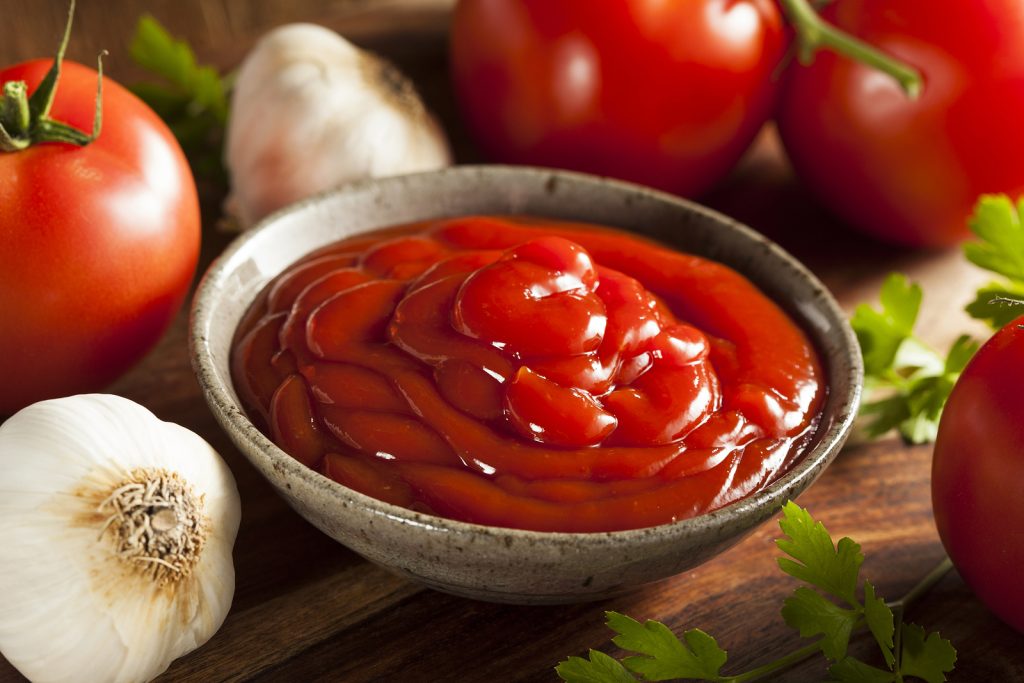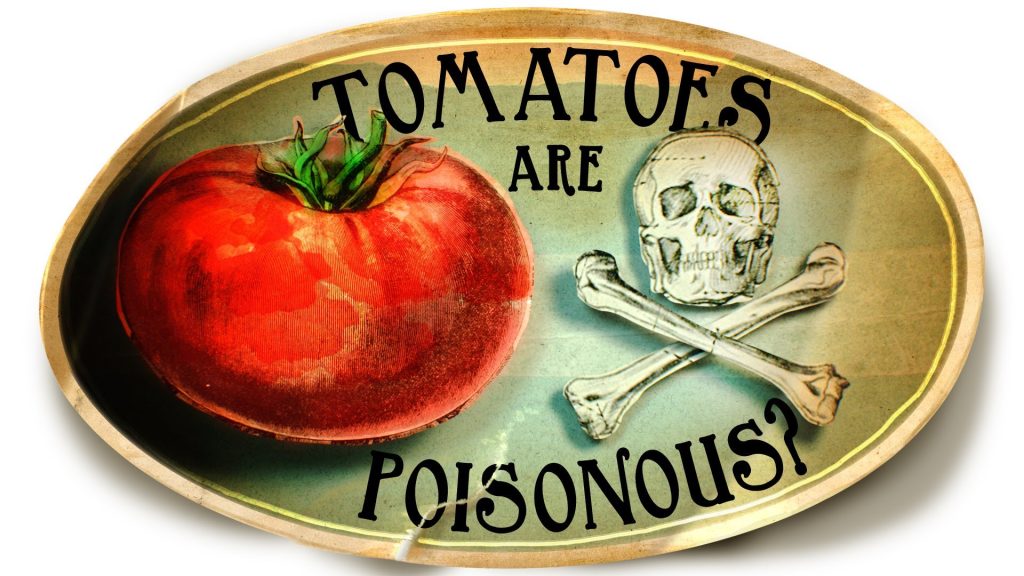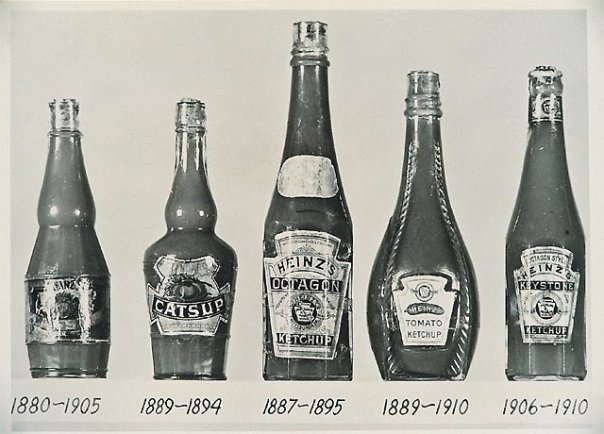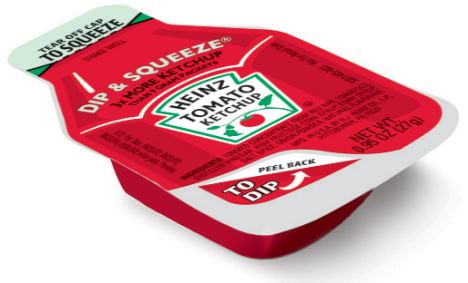The History of Ketchup

What is the history of ketchup?
- Asia has played a huge part in the history of ketchup, for it was in China where the first ketchup recipe began. It started as a blend of pickled fish and spices called kôe-chiap or kê-chiap during the 17th
- Believing that tomatoes are poisonous, the English men reinvented the ketchup recipe with the use of mushroom as their main ingredient lacking the flavor that ketchups are known for.
- The modern ketchup recipe began to take form not in the United Kingdom nor Malay nor China but in the new world of America, with Sandy Addison’s recipe back in the 19th
- With the over usage of preservatives, ketchups were feared to harm the health of its consumers hence Wiley and Heinz partnering to look for an alternative which is the use of ripe, red tomatoes and higher amount of vinegar. Another alternative found to solve the shortage in tomatoes were bananas, which was developed in the Philippines during World War II.
Nowadays, ketchup may be considered a necessity in any event where there’s food. This includes wedding catering, as plenty of guests seek for this condiment, no matter what the dish is. In fact, some may even mix it into the dessert — strange fact, but true.
What may be strange at one point in the history of ketchup was that its raw ingredient was once considered poisonous in Europe. For more than two hundred years, Europeans feared that this plump, red fruit was the cause of their illnesses. Fast forward to today, it’s almost impossible to find a household unarmed with this delicious condiment. To know more about it, let’s discover its history and origins.
Oriental Beginnings
You may think the ketchup had western beginnings, but in truth, it was the exact opposite. Deep in the culture rich oriental country of China, the first earliest ketchp recipe dates back to 544 A.D., and lists shark and fish intestine, stomach and bladder as ingredients. A blend of pickled fish and spices called kôe-chiap or kê-chiap was created in the 17th century. But it wasn’t until the early 18th century did the table condiment spread to other countries like Malaysia and Indonesia as kechap and ketjap. It was a brown, dark fluid more similar to a fish or soy sauce rather than the tomato sauce we enjoy today. English explorers found the condiment and adapted its Indo-Malay name of Kecap into their own, Anglicizing it to “Ketchup”.
An English View
Back in Britain, the Tomato was not quite popular yet due to the mistaken belief of it being poisonous. John Gerard, a barber surgeon, published his views regarding the fruit in his book, saying the fruit was indeed inedible. Later on, his statement was proven false, but by the mid-18th century, the fruit was seen widely used all over England.
At this point, you may think the tomato was immediately used as the primary ingredient for ketchup but actually, mushroom was initially used for it. Recipes for mushroom ketchup date back to 18th century, with a London cookbook publishing a variant of Kecap in 1742. This particular ketchup was said to be dark and thin, lacking thickness that today’s ketchup is mostly known for. For over a hundred years the fungus was used, spreading to the newly discovered America. Today, a variant of this recipe can still be seen in Britain, although it isn’t as popular as it once was.
Red American Beginnings
The modern ketchup recipe began to take form not in the United Kingdom, Malaysia, or China, but in the new world of America.
A tomato ketchup recipe was written by Sandy Addison, which was published later in the book called the “Sugar House Book.” The said recipe went as below:
- Get ripe tomatoes on a dry day, squeeze them to a pulp with your hands, then put a half pound of fine salt to a hundred tomatoes and boil them for two hours.
- Stir them to avoid burning the mixture.
- While hot, press them through a strainer with a spoon until there’s nothing left but the skin, then add some mace, allspice, cloves, pepper, ginger and three nutmegs to taste.
- Boil over slow fire until it’s a bit thick then stir all the time.
- When the mixture’s cold, bottle it.
- A hundred tomatoes can make four to five bottles and can be preserved to two or three years.
It was discovered later on that Americans who still held on to the belief of the tomato being a poisonous fruits were much comfortable consuming it in its processed form of Ketchup.
Not long after, another tomato-based ketchup recipe was published in the 1812. James Mease, an American scientist, physician and horticulturist from Philadelphia, innovated the recipe and included spices, brandy and tomatoes, or “love apples” as it was then called, however lacked vinegar and sugar.
From there, a lot more recipes have been into prints and the success of the tomato-based ketchup was kept up for years.
Hence, in 1837, the first commercial form of Ketchup was sold nationwide by Jonas Yerkes, who was the first American to bottle the condiment. Numerous companies followed but none were as popular as the company founded by Henry John Heinz, his brother John and, cousin Frederick, who launched their own ketchup in 1876 – which is now the famous Heinz company.
Universal Condiment
In the 20th century, sodium benzoate was used in ketchup during 1906. Unfortunately, it played a major role in preserving Ketchup. It was during that time that the supply of tomatoes fell short which led to makers finding other ways to produce ketchup, and poorly store them hence leading to containing contaminants such as spores, bacteria, mold and yeast. This was then called out by a French cookbook author as “filthy, decomposed, and putrid” way back in 1866.
To solve the problem, Dr. Harvey Washington Wiley, a noted American chemist, waged war against the unsafe level of preservatives used in ketchups, emphasizing the proper usage of high quality ingredients to avoid further use of harmful preservatives. He partnered with Henry Heinz and his fellow entrepreneurs to search for an alternative, which would be an alternative that changed the way people consume ketchup forever. The solution was a developed recipe which included ripe, red tomatoes containing a natural preservative called pectin, and higher amount of vinegar to reduce the risk of spoilage.
Thanks to their innovation, we’ll still be dipping our fries into watery ketchup for it was they who made it the thick condiment we all know and love today.
Meanwhile in the Philippines, a popular variant of ketchup is Banana Ketchup, which is a blend of spices, vinegar, sugar and banana. It is colored red due to the red food coloring added by manufacturers. It was created to answer the demand of ketchup due to a tomato shortage during World War II.
These days Ketchup can now be found in bottles and sachets in homes, restaurants and diners worldwide. Heinz’s “Dip and Squeeze” package created in 2011 is proof of ketchup innovating. In fact, scientists have even brought this condiment into outer space to study its strange liquid properties. Who knows, in the future we might even have ketchup grown from moon soil.






